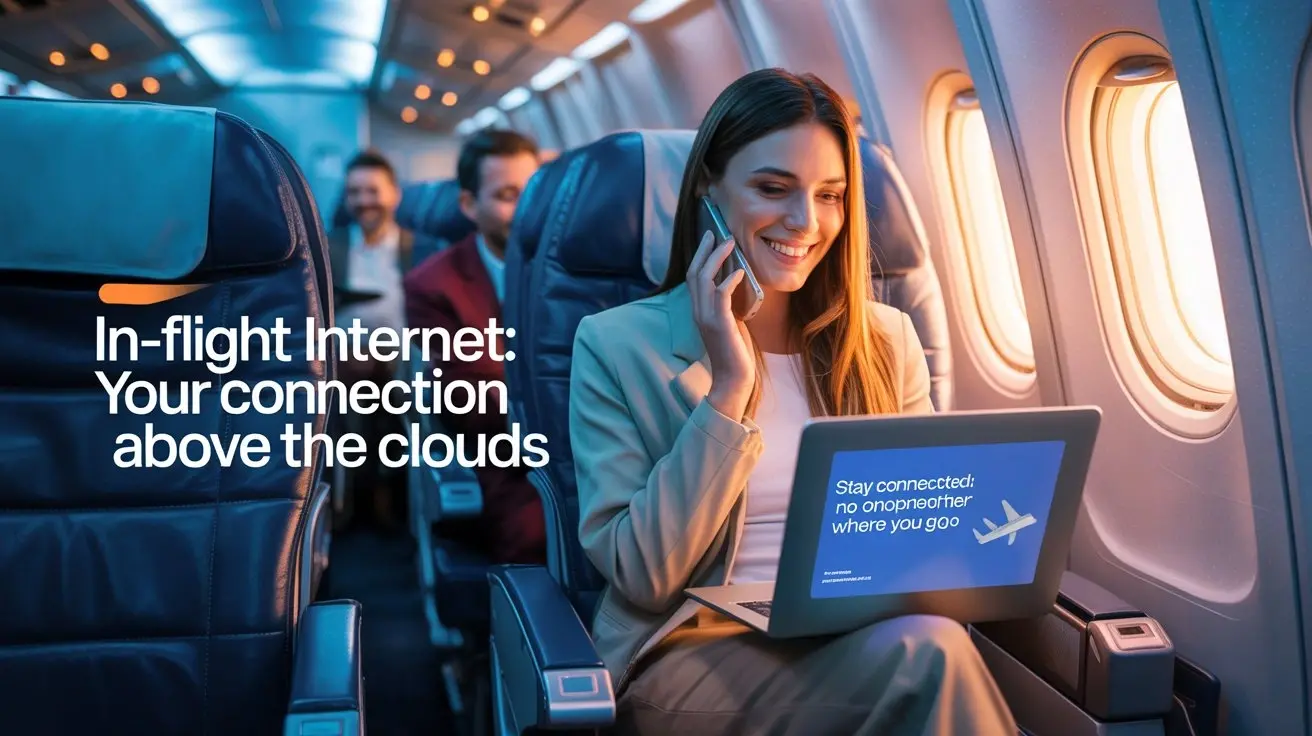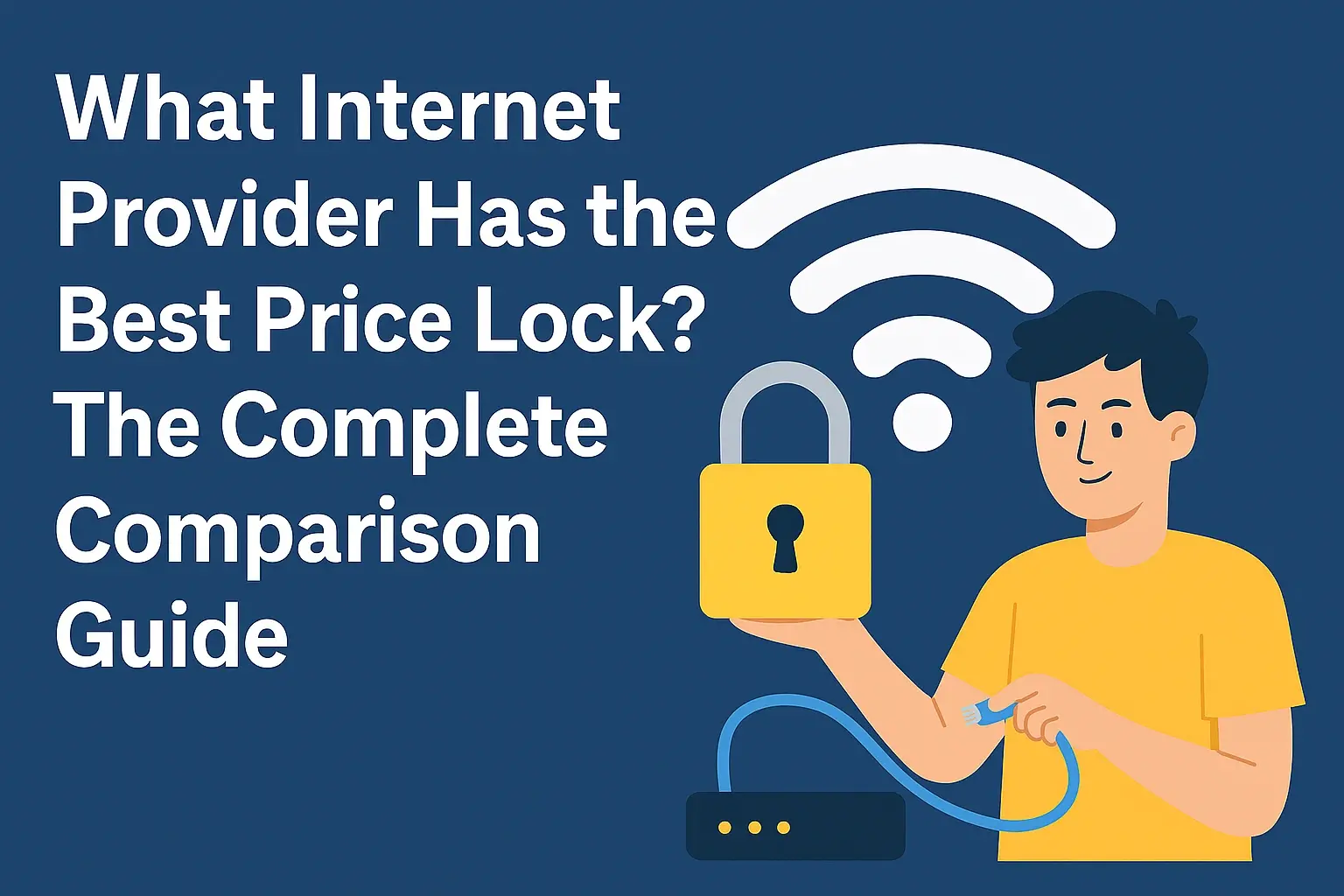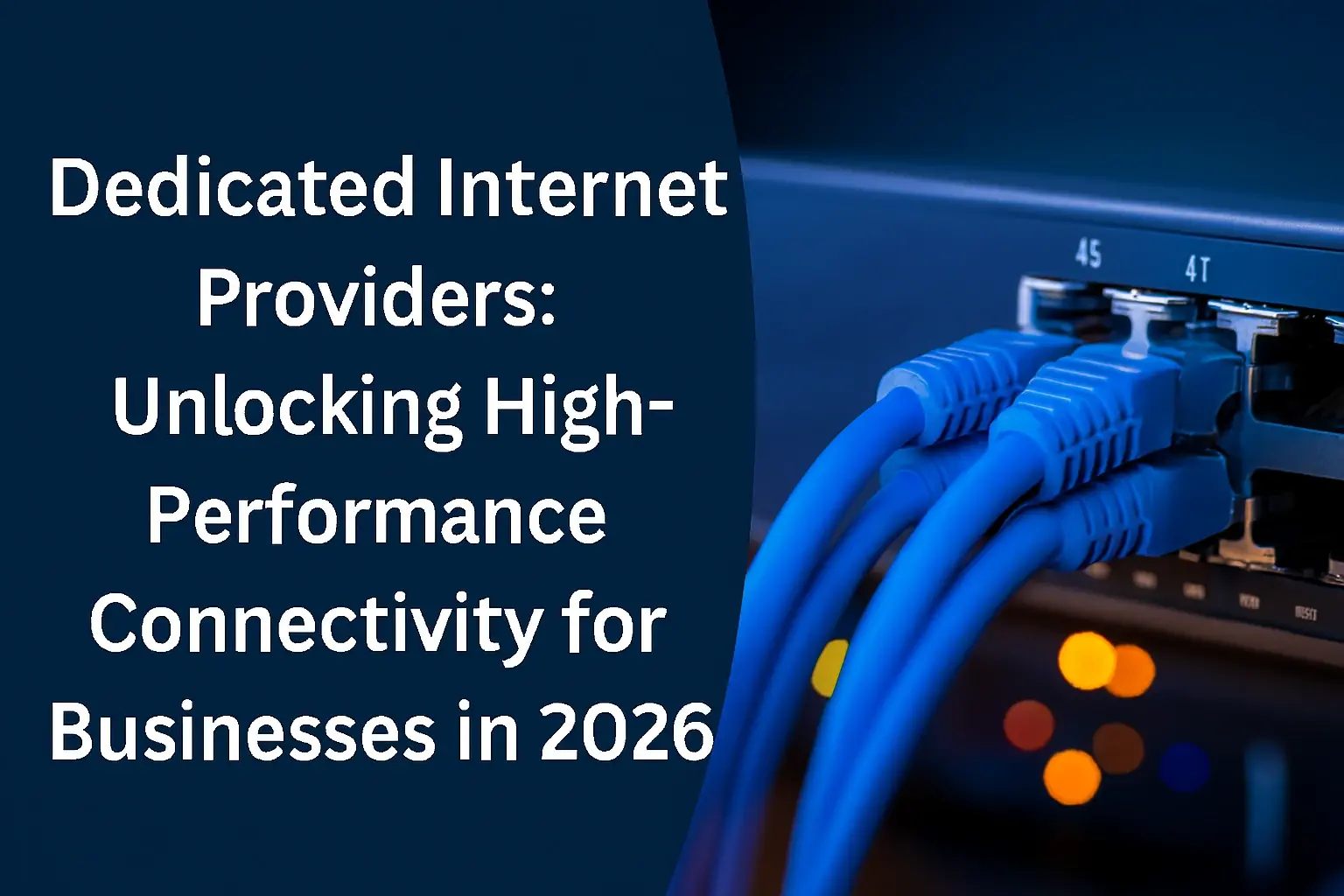
Navigating the skies of the USA no longer means disconnecting. In-flight internet is transforming air travel, offering unprecedented connectivity at 30,000 feet. This guide explores the evolving landscape of Wi-Fi on planes, from the technology powering it to the providers shaping your experience, ensuring you stay informed and connected on your next journey.
Understanding In-Flight Internet
The concept of reliable internet access while soaring thousands of feet above the United States was once a distant dream. Today, it's a rapidly evolving reality. In-flight internet, often referred to as in-flight Wi-Fi, allows passengers to connect their personal devices, such as laptops, tablets, and smartphones, to the internet during commercial flights. This connectivity enables a range of activities, from sending emails and browsing the web to streaming videos and participating in video conferences. The demand for such services has surged as our lives become increasingly digital, making seamless connectivity a crucial aspect of modern air travel. Airlines are investing heavily in upgrading their onboard systems to meet passenger expectations, recognizing that robust in-flight internet is no longer a luxury but a necessity for business and leisure travelers alike. The infrastructure and technology behind this service are complex, involving a delicate interplay between ground-based networks and satellite systems.
How In-Flight Wi-Fi Works
The magic of in-flight internet relies on sophisticated technology that bridges the gap between the aircraft and the terrestrial internet. There are two primary methods used to provide Wi-Fi on planes: Air-to-Ground (ATG) systems and satellite connectivity. Each has its own strengths and weaknesses, influencing the speed, reliability, and cost of the service. Understanding these underlying technologies is key to appreciating the nuances of in-flight internet access.
Air-to-Ground (ATG) Systems
Air-to-Ground (ATG) systems function similarly to how your mobile phone connects to cell towers on the ground. Aircraft equipped with ATG technology have antennas that communicate with a network of ground-based towers. These towers are strategically placed across the country to provide continuous coverage. As the plane flies, it "hands off" its connection from one tower to the next, much like a mobile device does when you're driving. This system is particularly effective over landmasses where tower infrastructure is dense.
Key characteristics of ATG systems:
- Coverage: Primarily effective over continental landmasses. Limited or no coverage over oceans or remote areas.
- Speed: Generally offers decent speeds for browsing and email, but can become congested with multiple users or during peak times.
- Technology: Relies on cellular-like communication protocols.
- Latency: Can have higher latency compared to some satellite solutions, especially when towers are far apart.
In the US, Gogo has historically been the dominant player in ATG technology, building an extensive network of towers to serve the aviation industry. Newer generations of ATG systems, like Gogo 5G, aim to significantly boost speeds and capacity, making it more competitive with satellite options.
Satellite Connectivity
Satellite connectivity uses antennas mounted on the aircraft to communicate with satellites orbiting the Earth. These satellites then relay the data to ground stations, which are connected to the broader internet. This method offers a significant advantage: it can provide coverage over vast areas, including oceans, deserts, and remote regions where ATG towers are not feasible.
There are two main types of satellite systems used for in-flight Wi-Fi:
- Geostationary Satellites (GEO): These satellites orbit at a very high altitude (approximately 22,000 miles) and remain in a fixed position relative to a point on Earth. While they offer wide coverage, their high altitude can lead to higher latency and slower speeds due to the long distance the signal must travel.
- Low Earth Orbit Satellites (LEO): These satellites orbit at much lower altitudes (a few hundred to a couple of thousand miles). A constellation of LEO satellites is required to provide continuous coverage, as they move rapidly across the sky. LEO systems generally offer lower latency and higher speeds, making them a more attractive option for demanding applications like video streaming. Companies like Starlink are beginning to deploy LEO technology for aviation.
Key characteristics of Satellite systems:
- Coverage: Global coverage, including oceans and remote areas.
- Speed: Varies significantly based on the satellite technology (GEO vs. LEO) and the specific provider. LEO systems are promising higher speeds.
- Technology: Uses radio waves to communicate with satellites.
- Latency: Can range from moderate (LEO) to high (GEO).
Viasat and Inmarsat are prominent providers utilizing satellite technology for in-flight connectivity. Viasat, in particular, has been deploying its high-capacity satellites, aiming to deliver speeds comparable to what users experience on the ground.
Comparing ATG and Satellite
The choice between ATG and satellite connectivity for in-flight Wi-Fi often comes down to a trade-off between coverage and performance.
| Feature | Air-to-Ground (ATG) | Satellite Connectivity |
|---|---|---|
| Coverage Area | Continental US, parts of Europe. Limited over oceans. | Global, including oceans and remote areas. |
| Speed Potential | Moderate to good, can be affected by congestion. | Varies greatly; LEO systems offer high speeds, GEO can be slower. |
| Latency | Moderate, can increase with distance between towers. | Higher for GEO, lower for LEO. |
| Infrastructure | Extensive ground tower network. | Satellites and ground stations. |
| Best Use Case | Domestic flights within coverage zones. | Long-haul flights, transoceanic routes, or flights over unserved land areas. |
As of 2025, the lines between these technologies are blurring. Advanced ATG systems are pushing speed boundaries, while LEO satellite constellations are promising to bring near-ground speeds to the skies. Airlines often choose the system that best fits their route network and passenger needs. For instance, a domestic carrier might prioritize a robust ATG network, while an international carrier would lean towards satellite solutions.
Major US In-Flight Internet Providers
Several key companies are at the forefront of delivering in-flight internet services to passengers across the United States. These providers work directly with airlines to equip aircraft with their Wi-Fi technology and manage the connectivity services. Understanding these players is crucial for anticipating the type of service you might receive on your next flight.
Gogo In-Flight Internet
Gogo has been a dominant force in the North American in-flight connectivity market for years, primarily known for its Air-to-Ground (ATG) network. The company has invested heavily in building a robust infrastructure of ground stations across the contiguous United States.
Gogo's Offerings:
- ATG-4: An earlier generation of their ATG technology, offering reliable connectivity for basic internet use.
- Gogo 5G: This is Gogo's latest innovation, designed to deliver significantly faster speeds and lower latency by leveraging the 5G cellular network. Gogo 5G aims to provide speeds that rival those of many satellite systems, making it a strong contender for domestic flights. As of 2025, Gogo 5G is being progressively rolled out across many airline fleets.
- Satellite Connectivity: While historically an ATG leader, Gogo also offers satellite solutions, particularly for longer routes or aircraft operating outside their ATG coverage.
Gogo partners with a wide array of major US airlines, including American Airlines, Delta Air Lines, and United Airlines, equipping a significant portion of their domestic fleets. Their service is often available on a per-flight or monthly subscription basis, depending on the airline's specific package.
Viasat In-Flight Connectivity
Viasat is a global communications company that has made significant inroads into the in-flight connectivity market, primarily through its advanced satellite technology. Viasat's strategy centers on deploying high-capacity satellites that can deliver broadband speeds to aircraft.
Viasat's Strengths:
- High-Capacity Satellites: Viasat has launched some of the world's most powerful communication satellites, such as Viasat-1, Viasat-2, and the upcoming Viasat-3 constellation. These satellites are designed to handle massive amounts of data, enabling high speeds and a better user experience for passengers.
- Performance: Viasat's systems are engineered to provide speeds that allow for streaming high-definition video, video conferencing, and other data-intensive activities, even with many users connected simultaneously.
- Global Coverage: Their satellite network provides extensive coverage, making it suitable for both domestic and international flights.
Viasat has secured partnerships with several major airlines, including JetBlue Airways and United Airlines (on select aircraft), offering a premium in-flight Wi-Fi experience. Their pricing models typically reflect the higher performance capabilities of their satellite network.
Anuvu Air
Anuvu Air (formerly known as Global Eagle) is another significant player in the in-flight entertainment and connectivity space. Anuvu focuses on providing a comprehensive passenger experience, often integrating Wi-Fi with content streaming and other onboard services.
Anuvu's Approach:
- Hybrid Solutions: Anuvu often employs a hybrid approach, utilizing both satellite and ATG technologies depending on the route and aircraft.
- Focus on Passenger Experience: Beyond just internet access, Anuvu aims to deliver a seamless digital experience, often bundling connectivity with curated entertainment options.
- Fleet Modernization: They work with airlines to upgrade existing fleets and equip new aircraft with advanced connectivity hardware.
Anuvu serves a range of airlines, offering flexible solutions tailored to specific operational needs. Their services are designed to enhance passenger satisfaction and provide airlines with a competitive edge.
Other Players and Emerging Tech
The in-flight internet landscape is dynamic, with new technologies and providers emerging.
- Starlink Aviation: SpaceX's Starlink is rapidly expanding its presence in aviation. By deploying a constellation of Low Earth Orbit (LEO) satellites, Starlink Aviation promises very high speeds and low latency, potentially revolutionizing in-flight connectivity. Several airlines have announced plans to equip their fleets with Starlink, with initial deployments expected to ramp up significantly in 2025 and beyond.
- Intelsat: A major satellite communications provider, Intelsat offers robust in-flight connectivity solutions, often leveraging its extensive satellite fleet for global coverage.
- Inmarsat: Another established satellite operator, Inmarsat provides connectivity services to the aviation industry, focusing on reliability and performance for commercial and business aviation.
The competition among these providers is driving innovation, leading to faster speeds, more reliable connections, and more competitive pricing for passengers. The race is on to provide the best possible internet experience at 30,000 feet.
Choosing the Right In-Flight Wi-Fi
With various providers and technologies in play, selecting the best in-flight Wi-Fi experience can seem daunting. Several factors influence the quality and availability of internet access on a flight, from the airline's choice of provider to the specific route you're flying. Understanding these elements will help you make informed decisions and manage your expectations.
Factors to Consider
When evaluating in-flight internet options, consider the following:
- Airline and Aircraft: Different airlines partner with different providers. Even within the same airline, older aircraft might have different systems than newer ones. Always check the specific airline and aircraft type if possible.
- Route: Domestic flights within the contiguous US are more likely to have reliable ATG coverage. Transoceanic flights will rely on satellite, and the quality can vary.
- Provider Technology: As discussed, ATG, GEO satellite, and LEO satellite technologies offer different performance characteristics. Newer technologies like Gogo 5G and Starlink Aviation are setting new benchmarks.
- Number of Users: The more people using the Wi-Fi on a flight, the slower it can become, especially with older or less robust systems.
- Cost: Prices can range from free (often for messaging apps only) to several dollars per hour or a flat fee for the entire flight.
Understanding Pricing Models
In-flight Wi-Fi pricing models have evolved, offering more flexibility but also requiring careful consideration.
- Per-Flight Pass: This is the most common model, where you purchase a flat rate for internet access for the duration of your flight. Prices can vary significantly based on the provider, airline, and route. Expect anywhere from $8 to $30+ for a full-flight pass.
- Hourly Passes: Some providers offer passes based on usage time, which can be more cost-effective if you only need internet for a short period.
- Subscription Services: Airlines and providers may offer monthly or annual subscription plans that provide unlimited Wi-Fi access across a certain number of flights or even across an entire airline's fleet. These are typically more economical for frequent flyers.
- Free Messaging: Many airlines now offer free access to messaging applications like iMessage, WhatsApp, and Facebook Messenger. This is ideal for staying in touch without the need for full internet browsing.
- Free for Elite Members/Premium Cabins: Some airlines provide complimentary Wi-Fi access to their loyalty program elite members, passengers in first or business class, or those holding specific credit cards.
2025 Pricing Trends: We are seeing a trend towards more airlines offering free Wi-Fi, at least for messaging, and some are even beginning to offer free full internet access on select routes or aircraft as a competitive differentiator. However, for full internet, paid options remain prevalent.
Airline-Specific Offerings
Each airline curates its in-flight Wi-Fi experience. Here's a general overview of what you might expect from major US carriers in 2025:
- American Airlines: Primarily uses Gogo's ATG and satellite services. They have been actively upgrading their fleet with Gogo 5G and are expanding free messaging.
- Delta Air Lines: Also heavily relies on Gogo, with a significant portion of its fleet equipped with Gogo 5G. Delta is a leader in offering free Wi-Fi for all passengers, including full internet access on many flights.
- United Airlines: Utilizes a mix of Gogo and Viasat technologies. United is also investing in fleet-wide upgrades and has plans to expand its free Wi-Fi offerings.
- Southwest Airlines: Traditionally uses Gogo's ATG service and has been relatively consistent in offering paid Wi-Fi with free messaging.
- JetBlue Airways: Known for offering free Wi-Fi across its entire network, powered by Viasat's satellite technology, providing a high-quality experience for all passengers.
It's always best to check the specific airline's website or your booking details for the most up-to-date information on their in-flight Wi-Fi services, including pricing and availability for your particular flight.
In-Flight Internet Performance and Challenges
Despite significant advancements, in-flight internet is not without its challenges. Factors like speed, reliability, and coverage limitations continue to shape the passenger experience. Understanding these issues provides a realistic perspective on what to expect when connecting at 30,000 feet.
Speed and Reliability
The "speed" of in-flight Wi-Fi is often measured in megabits per second (Mbps), but the actual user experience can be influenced by many factors:
- Bandwidth Allocation: The total bandwidth available on an aircraft is shared among all connected users. If many people are streaming video simultaneously, speeds for everyone will drop.
- Network Congestion: Both the air-to-ground network (for ATG) and the satellite network can experience congestion, especially during peak travel times or in densely populated areas.
- Hardware and Software: The efficiency of the antennas, modems, and onboard routers plays a crucial role in data transmission.
- Interference: Aircraft operations, weather, and other radio signals can sometimes interfere with the connection.
2025 Performance Benchmarks:
- Gogo 5G: Aims to deliver speeds of 100 Mbps or more, suitable for streaming and multiple users.
- Viasat: Capable of delivering 100-200 Mbps to the aircraft, allowing for HD streaming.
- Starlink Aviation: Promises speeds exceeding 100 Mbps with very low latency, potentially offering a near-ground experience.
- Older ATG Systems: May offer speeds in the range of 10-30 Mbps, sufficient for email and basic browsing but struggling with heavy streaming.
Reliability refers to the consistency of the connection. While systems are improving, occasional drops or periods of slow performance are still possible, especially during critical phases of flight or in areas with weak network signals.
Coverage Limitations
Coverage remains a significant challenge, particularly for ATG systems.
- Over Water: ATG systems are largely ineffective over large bodies of water like the Atlantic and Pacific Oceans. This means transoceanic flights typically rely solely on satellite connectivity.
- Remote Land Areas: While ATG networks are extensive in the US, there can be gaps in coverage over very remote or sparsely populated land areas where installing towers is not economically viable.
- International Flights: ATG coverage is limited outside of North America and parts of Europe. Flights to Asia, South America, or Africa will rely on satellite.
Satellite connectivity, while offering global coverage, can still have its own limitations. The performance of satellite systems can be affected by atmospheric conditions, the satellite's position in the sky, and the antenna's ability to maintain a clear line of sight.
Security Considerations
Connecting to any public Wi-Fi network carries inherent security risks, and in-flight Wi-Fi is no exception.
- Unencrypted Data: Some in-flight Wi-Fi networks might not fully encrypt all data transmitted. This means sensitive information, such as login credentials or financial details, could potentially be intercepted by malicious actors on the same network.
- Malware and Phishing: As with any public Wi-Fi, passengers are vulnerable to malware attacks and phishing attempts. It's crucial to be vigilant about the websites you visit and the information you share.
- Provider Security Measures: Reputable in-flight Wi-Fi providers implement security protocols to protect their networks. However, user vigilance is still paramount.
Best Practices for Security:
- Use a VPN: A Virtual Private Network (VPN) encrypts your internet traffic, providing an extra layer of security and privacy.
- Enable HTTPS: Ensure that websites you visit use HTTPS (look for the padlock icon in the browser's address bar).
- Avoid Sensitive Transactions: Refrain from conducting online banking or making significant purchases while connected to public Wi-Fi.
- Keep Software Updated: Ensure your operating system and antivirus software are up to date.
The Future of In-Flight Connectivity
The trajectory of in-flight internet is one of continuous improvement. By 2030, we can expect:
- Ubiquitous High-Speed Internet: LEO satellite constellations like Starlink and advanced 5G ATG networks will likely make high-speed, low-latency internet the norm on most commercial flights.
- Personalized Connectivity: Airlines may offer tiered services with personalized bandwidth allocations and features based on passenger preferences or loyalty status.
- Enhanced In-Flight Entertainment: Faster speeds will enable more immersive entertainment experiences, including cloud gaming, live TV streaming, and advanced virtual reality applications.
- Seamless Integration: Connectivity will be more deeply integrated into the overall passenger journey, from pre-flight planning to post-flight services.
- Reduced Costs: Increased competition and technological advancements may lead to more affordable or even free full internet access on more flights.
The goal is to make the experience of being connected at 30,000 feet indistinguishable from being connected on the ground.
Tips for Optimal In-Flight Wi-Fi Usage
To make the most of your in-flight internet experience, follow these practical tips:
- Check Availability and Pricing Before You Fly: Visit your airline's website or use flight tracking apps to see which provider and service level is available on your aircraft and at what cost. This helps manage expectations and budget.
- Download Content Offline: If you plan to watch movies or listen to music, download them to your device before boarding. This saves bandwidth and ensures uninterrupted entertainment.
- Prioritize Your Needs: Decide what you absolutely need to do online. If it's just email and messaging, you might opt for a free messaging service or a cheaper hourly plan. For streaming or video calls, you'll need a full-flight pass with sufficient speed.
- Close Unnecessary Applications: Background applications on your laptop or phone can consume bandwidth without your knowledge. Close any programs you're not actively using.
- Optimize Streaming: If streaming, choose a lower video quality setting (e.g., standard definition instead of high definition) to reduce bandwidth consumption and improve reliability.
- Be Patient: Remember that you are on a moving aircraft, and connectivity is a complex technological feat. Some variability in speed and reliability is to be expected.
- Use a VPN: For security and privacy, always enable your VPN before connecting to the in-flight Wi-Fi network.
- Consider Subscription Services: If you fly frequently with a particular airline, investigate their subscription plans, which can offer significant savings over per-flight passes.
- Utilize Free Messaging: Take advantage of free messaging services if available. They are perfect for quick updates and staying in touch without incurring extra costs.
- Check for Loyalty Perks: If you're a member of an airline's frequent flyer program or hold a co-branded credit card, check if you're eligible for complimentary Wi-Fi.
In conclusion, in-flight internet in the USA has evolved from a novelty to an essential service. With advancements in ATG and satellite technologies, and the emergence of LEO constellations, connectivity at 30,000 feet is becoming faster, more reliable, and more accessible than ever before. Providers like Gogo, Viasat, and emerging players like Starlink are driving this transformation. By understanding the technology, providers, and pricing models, passengers can better navigate their options and ensure they stay connected during their journeys. Always check your airline's specific offerings and utilize best practices for security and performance to maximize your in-flight Wi-Fi experience. The future of air travel is connected, and staying informed is your ticket to a seamless digital experience above the clouds.






